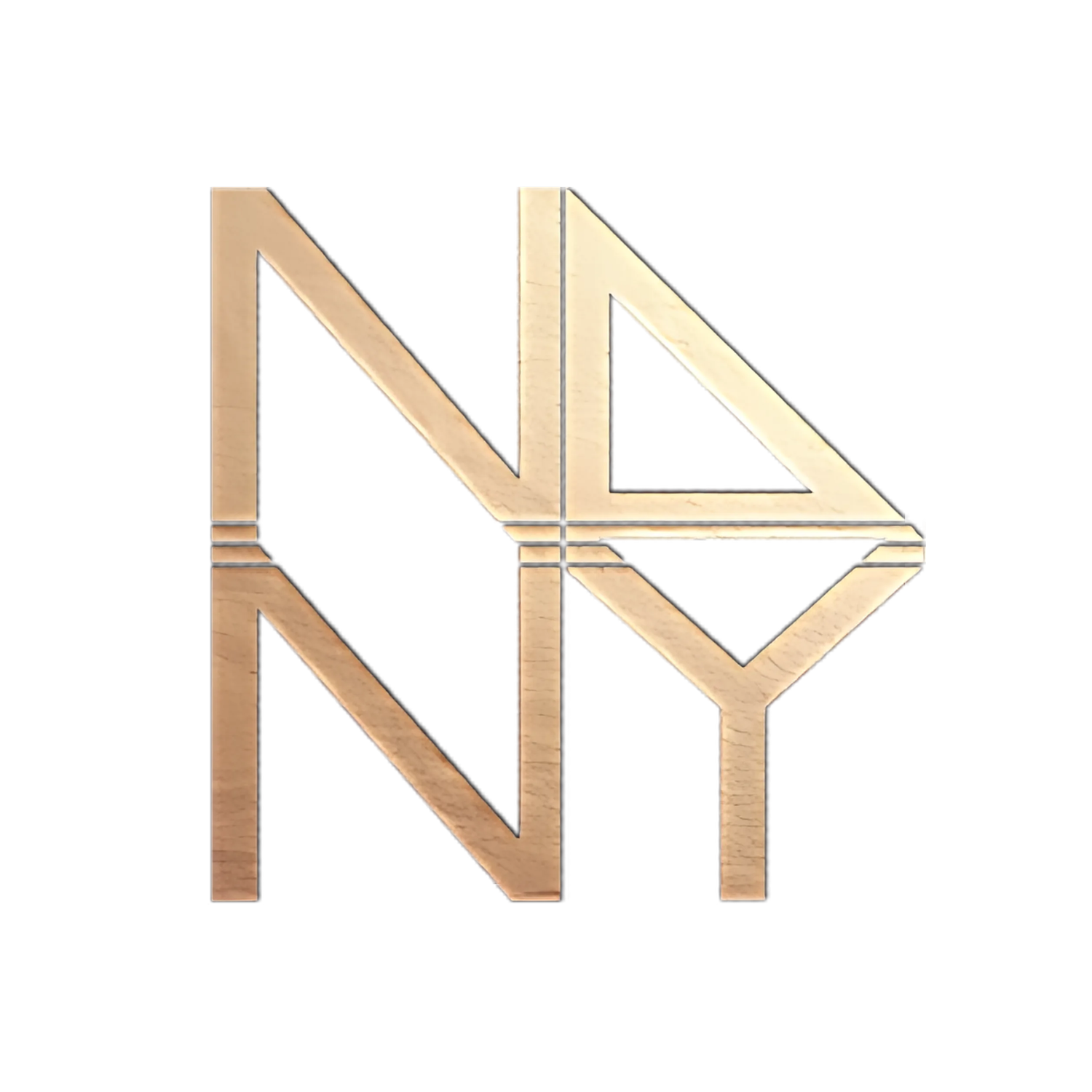A-Z definition of design: everyone should know!
Photo by Edho Pratama
Brand design is an essential aspect of any business. Check out the A-Z definitions to get you started:
A - Audience: The group of people a brand targets with its products or services.
B - Branding: Creating a unique identity for a company or product through visual and verbal elements.
C - Color Palette: The selection of colors used consistently throughout a brand's design.
D - Differentiation: The unique qualities and characteristics that set a brand apart from its competitors.
E - Emotion: The feelings and associations a brand evokes in its audience.
F - Font: The typeface used in a brand's design can convey different moods and styles.
G - Graphic Design: Using visual elements such as images, illustrations, and typography to communicate a brand's message and identity.
H - Hierarchy: The arrangement of design elements in order of importance or prominence.
I - Identity: A brand's overall look and feel, including its visual and verbal elements.
J - Juxtaposition: The deliberate placement of contrasting elements in a design to create visual interest.
K - Kerning: The spacing between letters in a word or phrase can affect a design's legibility and visual balance.
L - Logo: A symbol or graphic element that represents a brand, often used as a shorthand for the brand's identity.
M - Mood Board: A collection of visual and textual elements used to establish the desired mood or tone for a brand's design.
N - Negative Space: The areas around and between design elements can be used to create visual balance and contrast.
O - Organic Shapes: Irregular or asymmetrical shapes that can add visual interest and a sense of naturalness to a design.
P - Proportion: The relative size and scale of design elements, which can affect a design's visual balance and hierarchy.
Q - Quality: The level of craftsmanship and attention to detail in a brand's design can affect its perceived value and appeal.
R - Repetition: The use of consistent design elements throughout a brand's identity can create a sense of unity and recognition.
S - Style Guide: A set of guidelines and specifications for a brand's design elements, including typography, color, and imagery.
T - Typography: The selection and arrangement of typefaces in a design, which can convey different moods and styles.
U - Unity: The cohesive and consistent use of design elements throughout a brand's identity can create a sense of brand recognition and trust.
V - Visual Identity: The overall look and feel of a brand's design elements, including typography, color, imagery, and other visual elements.
W - White Space: The areas in a design that are intentionally left blank or unadorned, which can create a sense of visual calm and balance.
X - X-height: The height of the lowercase letters in a typeface can affect a design's legibility and visual balance.
Y - Y (sorry, no Y here 🤷♀️)
Z - Zeal: The enthusiastic and passionate approach to branding and design that can help a brand stand out and succeed.
From Audience to Zeal, understanding the A-Z of brand design is essential for any business. From crafting a unique identity through branding to using color palettes to evoke emotions, it's all about differentiation and creating a visual identity that stands out. Whether playing with negative space or using organic shapes, a brand's typography, color, and imagery all work together to create a cohesive visual identity. So, let your design enthusiasm shine and create a brand that stands out from the rest!


